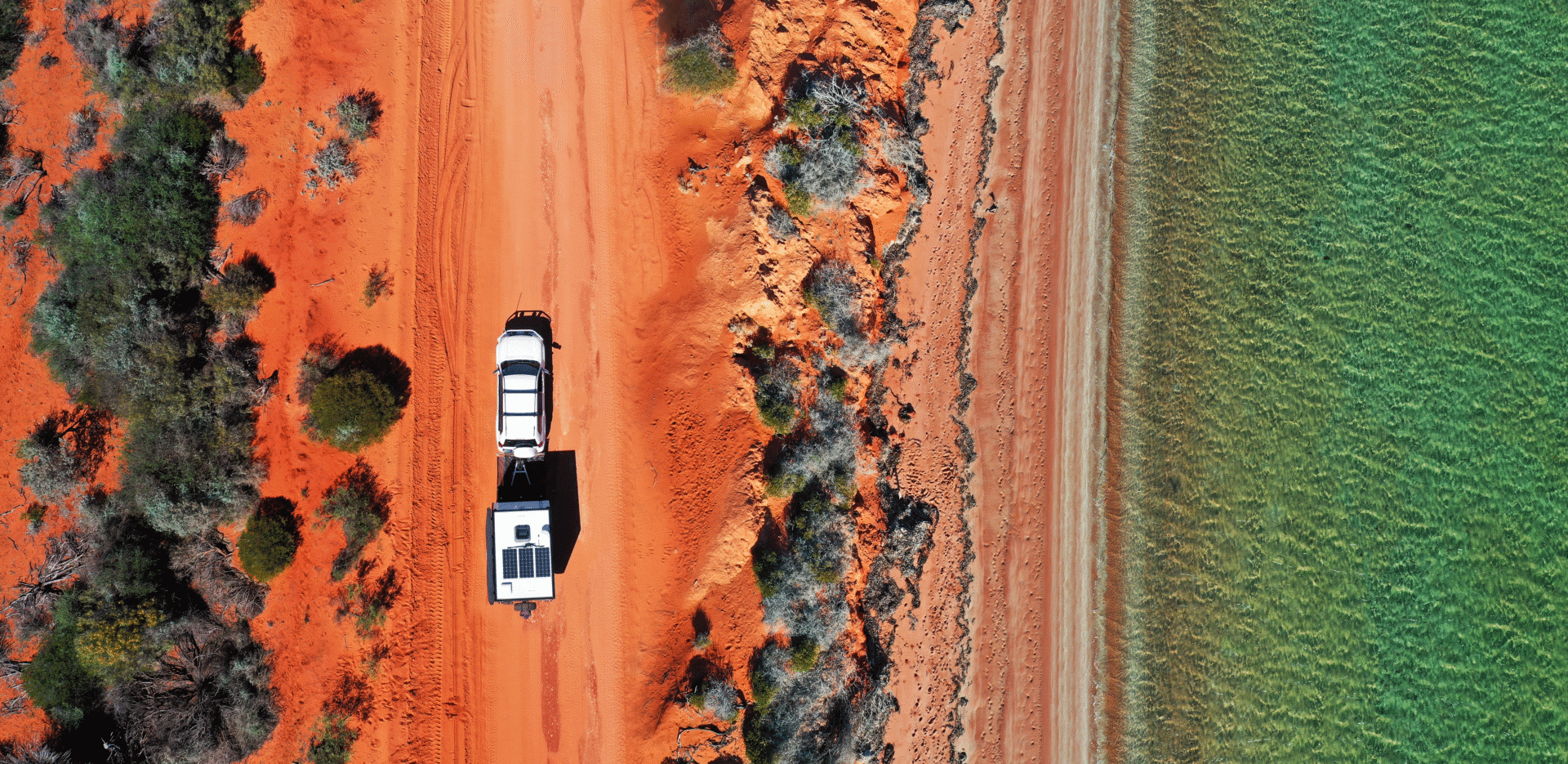Aerial photography is the process of capturing images from an elevated position, typically using aircraft like airplanes, helicopters, or drones, to create images of landscapes or objects from a bird’s-eye view. These images are used for various applications including mapping, urban planning, environmental studies, and even artistic purposes.
Aerial photographers travel in planes or helicopters to capture photographs of buildings and landscapes.The most apparent advantage to aerial photographs is that they provide a different perspective from what we see on the ground.
To be a thriving aerial photographer it require to combines the technical challenges of flight with the artistic expression of photography, revealing patterns and details often missed from the ground.
To capture great aerial photos, focus on fast shutter speeds to freeze action, utilize continuous autofocus to track subjects, and consider shooting in burst mode to increase your chances of getting the perfect shot.
Camera Settings and Techniques:
Essential Aerial photography equipment includes two fast cameras with high frames-per-second (fps) capabilities one with a fixed mid-range zoom lens like a 24-70mm and the other one with 70-200mm.Those two zoom lenses are considered essential due to their versatility in capturing a variety of shots, of aerial landscapes from wider to tighter compositions.
Fast Shutter Speed:
A good starting point is 1/1000 of a second or higher, and you may need to increase it further when using a longer lens or shooting in bright conditions
Continuous Autofocus:
For aerial photography, it’s generally recommended to use continuous autofocus (AF-C) and a fast shutter speed to capture sharp images of moving subjects from a plane or drone. While manual focus at infinity is sometimes suggested, continuous autofocus is often preferred for its ability to track subjects and maintain focus as the aircraft and subject move.
Burst Mode:
Utilize burst mode (high frames per second) to capture a sequence of shots, increasing your chances of getting the perfect moment.
Image Format:
Photograph in Raw + Jpeg image format so even if in the field the image that you took was not well exposed you can still correct it in photoshop later..
Aperture:
A wide aperture (e.g., f/2.8 – f/6.3) is often favored to allow more light and maintain a fast shutter speed, minimizing motion blur from the aircraft. While landscape photography often requires a narrow aperture for depth of field, aerial photography benefits from the increased light and faster shutter speeds afforded by a wider aperture, especially when the subject is far away
Metering:
When using telephoto lenses it recommended to use centre weight and spot metering. It can help to ensure accurate exposure, especially when your subject is in front of a bright background.
Creating meaningful images
Aerial photography allows for unique perspectives and creative opportunities by showcasing the world from above, emphasizing patterns, shapes, and colors in ways that are often unseen from the ground. To enhance creativity in aerial photography, focus on composition, utilize diverse angles and perspectives, and consider the interplay of colors, shadows, and textures, use leading lines, the rule of thirds, symmetry, framing, and patterns to guide the viewer’s eye to a striking aerial image.
Go, soar high and capture the world from a bird’s-eye view !

